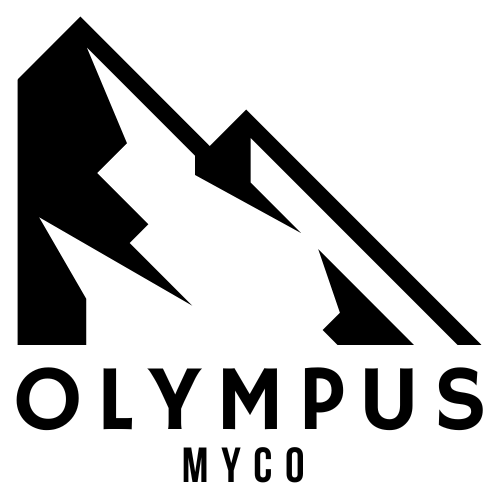Maintaining Optimal Conditions for Successful Colonization
It is highly recommended that these steps be done under a flowhood or a still air box to minimize the risk of contamination during the inoculation process.
A flowhood is a specialized piece of equipment that provides a sterile working environment by using HEPA filters to circulate and purify air. A still air box, on the other hand, is a DIY alternative that creates a small enclosed space using clear plastic or glass and a lid, and is disinfected with alcohol or bleach.
The use of either a flowhood or a still air box helps prevent airborne contaminants from settling on the grain bags or inoculation tools during the inoculation process. This reduces the likelihood of contamination and increases the chances of a successful mushroom harvest.
When working under a flowhood or a still air box, make sure to follow all recommended protocols for disinfecting the area and equipment, as well as for properly sealing and sterilizing the grain bags before inoculation.
Gathering the Necessary Materials for Inoculation
Materials Needed:
- Sterilized grain bags
- Liquid culture or spore syringe
- 70% isopropyl alcohol
- Inoculation tools (scalpel, inoculation loop or syringe)
- Incubation chamber or space
- Latex or nitrile gloves
- Heat sealer
Step 1: Prepare a clean, sterile working area. Wipe down all surfaces with alcohol to disinfect and wear gloves to avoid contamination.
Step 2: Inspect the sterilized grain bags to ensure they are free of any signs of contamination such as discoloration, mold or unusual odors. If there are any signs of contamination, please reach out to a member of our team to have a replacement sent.
Step 3: Sterilize your inoculation tool (scalpel or syringe) by heating it over a flame until it glows red, then let it cool down. If using spawn, it should already be sterile and ready to use. Wipe down the bag with alcohol to reduce the chance of contamination. Avoid getting alcohol on the filter patch of the sterilized grain bag.
Step 4: Inoculate the bags with either liquid culture or grain spawn.
For liquid cultures or spore syringes, simply insert the syringe into the bag where the grains are settled and inject 10cc of liquid culture. Keep in mind, spore syringes tend to take longer for colonization to occur than liquid cultures.
For grain to grain spawn transfers, break it up the colonized spawn into small pieces and spread them evenly throughout the uncolonized grain bag. The uncolonized grain bag will need to be cut open from the top (right under the sealed portion of the bag).
For inoculation via agar transfers, cut some pieces of the agar plate containing mycelium and drop it into the grain bag. The uncolonized grain bag will need to be cut open from the top (right under the sealed portion of the bag).
Step 5: If inoculating via syringe injection, cover the injection site with tape to reduce the risk of getting contamination.
If inoculating via grain to grain or agar transfers, seal the bags with a heat sealer after it has been inoculated, making sure no air can get in.
Step 6: Incubate the bags in room temperature, dark space, and out of direct sunlight for several weeks. Temperatures may vary depending on the type of mushroom being cultivated. Colonization rates will vary depending on the strain and viability of your cultures. Check the bags regularly for signs of growth or contamination.
Step 7: Once the bags are fully colonized with mycelium, they are ready to be transferred to our substrate bags for fruiting.
It's important to note that each species of mushroom may have different optimal temperature and humidity requirements for incubation and fruiting, so it's important to do your research and follow the specific instructions for the species you're growing.

